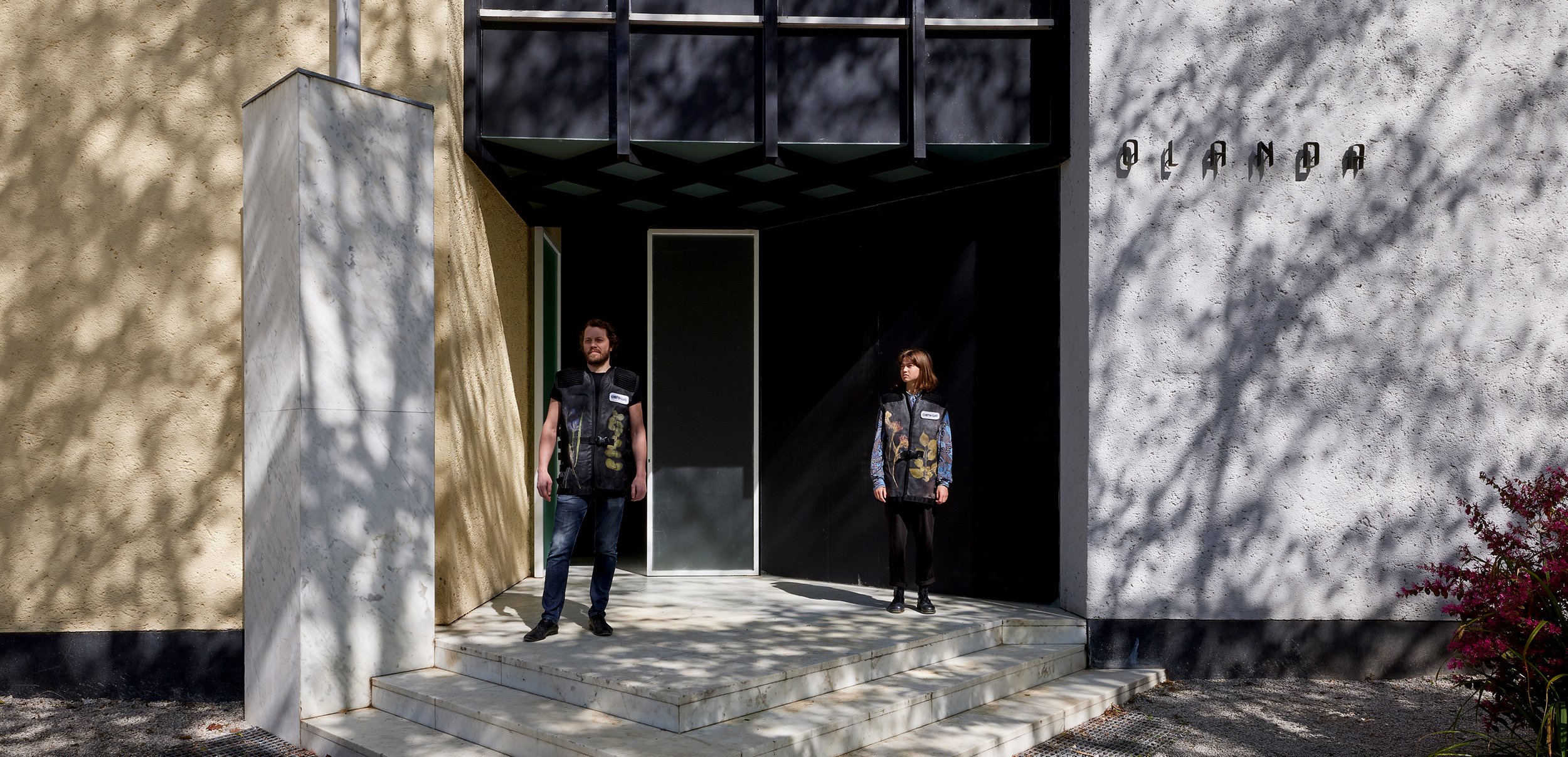
ORCHIDELIRIUM - An Appetite for Abundance (2022)
Working group: Bita Razavi, Pietu Pietiäinen, David Kozma, Saku Kämäräinen
Produced by Post Theater Collective and Estonian Center
for Contemporary Arts for the exhibition of Estonian Pavilion at the 59th Venice Biennale
Orchidelirium: An Appetite for Abundance, an exhibition encompassing installation, film, photography, archive and performance—connecting the past with the present, all through the lens of colonial botany and its sociopolitical ramifications. The exhibition takes as its point of departure, the overlooked story of the Estonian 19th-century artist and world traveler Emilie Rosalie Saal. Her work as an artist of tropical botanical flora combined with her personal history serves as a case study for entangled histories of colonial experiences, neo-colonial structures, botany, science and art. The title of the project reflects the orchid madness that gripped Europeans in the nineteenth century, Saal included, fed by an abundance of botanical illustrations that erased contexts and promoted an extractivist vision of local landscapes and people.
Orchidelirium examines the historical experience of serfdom in Estonia from which the Saal emerged, her role in Dutch colonial history, and the experiences of the colonised people of Indonesia—in tandem with the alteration of their indigenous landscapes during the late colonial period and the ecological impact it continues to have to this day.
Post Theatre Collective’s contribution begins with a performative intervention outside the pavilion, where the audience—initially unaware—enters into a system of categorization. Re-enacting class divisions inscribed in architecture, the work engages the viewer to reflect on the notions of hierarchy and privilege through performance. Addressing historical erasures and incomplete narratives, Razavi utilises changes of light in a site-specific light installation called and in display cases. A kinetic sculpture invokes a kratt, an enslaved magical creature from Estonian mythology, producing botanical drawings on command for those who accept its consequences.
ORCHIDELIRIUM - DESIGNATED ENTRANCE
2022
Durational performative intervention
exhibition guard, spectators, three entrances of the pavilion, the guard’s costume
Produced by Post Theater Collective and Estonian Center for Contemporary Arts
The intervention begins outside of the Dutch pavilion, where the audience, initially unaware, enters into a system of categorization. The emblematic front door of the Rietveld Pavilion is shut, and a guard dressed in an herbarium vest, instructs visitors, one by one, to enter by either of the two side doors. In Dutch colonial architecture, as well as in Estonian manor houses, class divisions are inscribed spatially and the servant class is physically separated and made invisible. The two side entrances of the pavilion offer separate routes of the exhibition, mimicking those built to establish distinction. One group will be given access to an elevated platform, and the other enters the pavilion from the ground. If the Venice Biennale acts as an exclusive zone of privilege for a cultural elite, the performance re-enacts these processes through a spatial and performative intervention. A bureaucratic policing gaze, usually accompanied by underlying racial and class profiling prevails in zones of surveillance, airports, train stations, embassies, and representative national pavilions.
